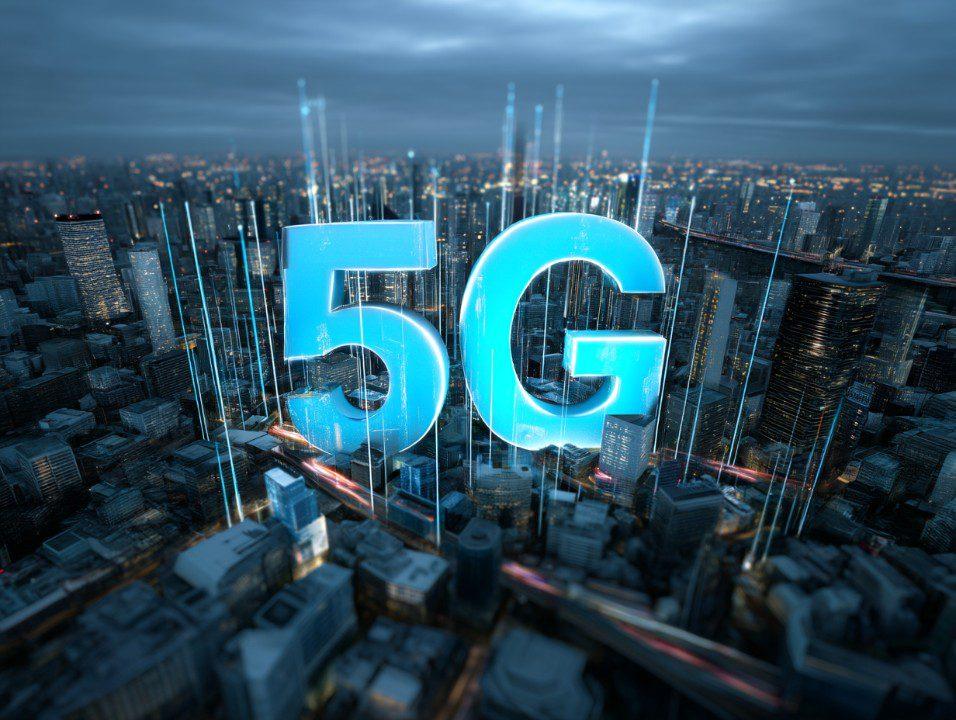how 5G Technology is Transforming Online Learning: Enhancing Speed, Access, and Engagement
Introduction
The digital era is reshaping education, with online learning becoming an essential part of academic and professional development. Among the technological advancements driving this change, 5G technology stands out as a game changer. By delivering unprecedented speed, reliability, and connectivity, 5G is revolutionizing the way students and educators interact online. In this comprehensive article, we delve into how 5G is transforming online learning, emphasizing improvements in speed, accessibility, and student engagement, and explore practical tips, real-life case studies, and frist-hand experiences.
Understanding 5G Technology
5G,or fifth-generation wireless technology,offers significantly faster data speeds,lower latency,and more reliable connections compared to previous generations like 4G LTE. Its ability to connect more devices together and support high-bandwidth activities makes it a pivotal force behind the shift to seamless online learning.
- High-speed internet: Download and upload speeds are several times faster than 4G.
- Ultra-low latency: Near-instantaneous response time significantly enhances live interactions.
- Greater network capacity: More devices can be connected without slowing down the network.
The impact of 5G on Online Learning
The integration of 5G technology into online education has created new opportunities and improved the overall learning experience in several ways:
1. Faster speeds Enhance Learning Resources
A major hurdle with online education has always been bandwidth limitations. With 5G-fast internet, students and educators can:
- Stream HD and 4K educational videos without buffering.
- Download large files, eBooks, and digital textbooks instantly.
- participate in real-time video conferences and webinars seamlessly.
2. improved Accessibility for Remote Learners
5G connectivity is especially beneficial for learners in rural or underserved regions. Reliable high-speed internet ensures that:
- Students in remote areas can join online classes without interruptions.
- Mobile learning becomes practical, as 5G supports smartphones and tablets on the go.
- Educational institutions can reach a broader, more diverse student base.
3. Increased Engagement with Interactive Content
With 5G,engaging online learning experiences become a reality. features like augmented reality (AR), virtual reality (VR), and gamified lessons are now accessible to more students, promoting active participation and deeper understanding.
- Interactive simulations and virtual labs for science courses.
- Immersive history and geography field trips with AR/VR technology.
- Teamwork and collaboration thru real-time multiplayer platforms.
Case Studies: 5G in Action
1. Remote Schools in India
In rural India, educational NGOs have deployed 5G-ready mobile learning stations, enabling students to access online courses, attend live tutorials, and interact with educators from around the world.The project resulted in a significant increase in attendance and test scores, demonstrating the transformative power of improved connectivity.
2. American Universities and Virtual Classrooms
Renowned universities in the United States have leveraged 5G networks for VR-based classrooms, allowing students to engage in hands-on learning experiences, such as engineering simulations and medical procedures. Feedback from students highlights increased motivation and better knowledge retention.
Benefits of 5G for Online Learners and Educators
- Seamless collaboration: Faster connections mean group projects and discussions run smoothly,regardless of participants’ locations.
- Reliable access to resources: Libraries, databases, and research tools are available on-demand, empowering self-paced study.
- Lower dropout rates: Engaging digital content and interactive learning approaches help maintain interest and commitment.
- Improved assessment methods: Real-time feedback, proctored exams, and adaptive testing are enhanced by low-latency connections.
Practical Tips for Maximizing 5G in Online Learning
Whether you’re an educator implementing new teaching methods or a student looking to make the most of your online experience, consider these strategies:
- Upgrade to 5G-compatible devices: Smartphones, tablets, and laptops with 5G support maximize network performance.
- Integrate multimedia and interactive tools: Use video conferencing, gamified platforms, or VR/AR solutions to boost engagement.
- Ensure cybersecurity: faster networks call for robust security practices to protect sensitive data.
- Leverage cloud-based learning: Utilize cloud storage, collaboration apps, and virtual classrooms for flexible access.
- Promote digital literacy: Train students and educators in using new technologies for smoother transitions.
First-Hand Experiences: What Students and Teachers Say
“After switching to 5G broadband,our virtual lab sessions have transformed from laggy and frustrating to truly collaborative and enjoyable experiences. I feel more connected with my peers than ever before!”
— Priya, University Student
“Introducing 5G-powered AR field trips has made history lessons come alive for my students. Their excitement and curiosity have skyrocketed!”
— Mr. Thompson,High School Teacher
Challenges and Considerations
Despite its vast potential,the adoption of 5G in education faces some challenges:
- Infrastructure costs: scaling up school networks to 5G requires investment.
- Device compatibility: upgrading hardware is essential for optimal results.
- Digital divide: Not all communities have equal access to 5G networks.
- Data privacy: Enhanced connectivity means more data flows; security protocols must keep pace.
Addressing these challenges requires collaboration among governments, telecom providers, and educational institutions to ensure equitable access.
Conclusion: The Future of Online Learning with 5G
5G technology is fundamentally reshaping online learning, offering powerful improvements in speed, accessibility, and engagement for both students and educators. With faster connections and expanded opportunities for interaction, 5G-enabled education is bridging gaps and creating a richer, more inclusive learning environment. As adoption accelerates, we can expect even more innovative digital learning solutions on the horizon—making education more accessible, dynamic, and responsive to the needs of tomorrow’s learners.
For those ready to embrace the future, integrating 5G technology into online learning platforms is not just an upgrade—it’s a transformation. Stay informed, stay connected, and unlock the true potential of online education with 5G.

